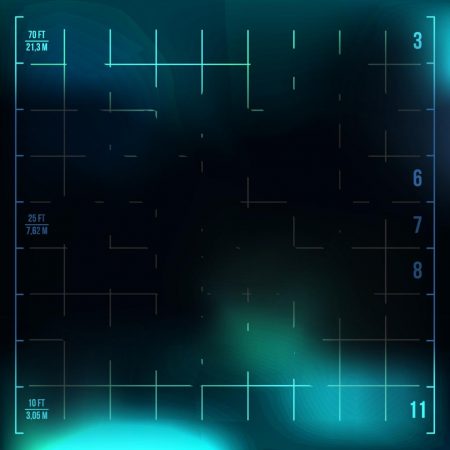New Room Temperature Composite 25/05/2019 – Posted in: Daily News – Tags: Electromagnetic interference, Room Temperature Composite
NEW ROOM TEMPERATURE COMPOSITE
For: Preliminary & Mains
Topic covers: Electromagnetic Interference, Features, Strontium-Yttrium-Cobalt-Oxide
News Flash
A team of Indian scientists has now developed a new room temperature composite that exhibits high absorption of Electromagnetic Interference (EMI) in the high-frequency range (8-8 gigahertz). The material has shown 99.99 per cent of EMI shielding.
What
The rising level of electromagnetic radiation emitted by communication devices and electronic instruments is becoming a cause of concern.
An effective shielding material having suitable electrical and magnetic properties can help reduce the problem of Electromagnetic Interference (EMI) as it can reflect or absorb the energy of such radiation. However, absorption type shields are environmentally safe.
Nickel or silver reflector shields are commonly used but are expensive.
In the new material, better shielding performance has been achieved by combining conducting and magnetic materials, which together reduce both electric and magnetic field strength of the radiations by absorbing them.
Why EM absorption type of shields are better?
- Although many materials are available to suit the requirement, they lack necessary manufacturing flexibility to mould the shielding into required shapes. Composites offer better machinability.
- They also have defect centres at the surface interfaces which lead to multiple internal reflections of magnetic fields which contributes to effective EMI shielding.
- The team used a widely chosen chemical and weather corrosion resistant thermoplastic — Polyvinylidene fluoride (PVDF) as the base material.
- The EMI shielding effectiveness of a material is described by its ability to attenuate the energy of EM radiation, and the fabricated composite displayeda maximum attenuation of EM by enhanced energy absorption.
- They found that of the 50.2 dB of absorption, 41.2 dB was due to the composite material.
Features
- The composite is cost effective and has versatile application potential.
- A 1 to 2.5 mm thick film of this composite can effectively shield EMI in devices like mobile phones and also in radar and military equipment.
Strontium-Yttrium-Cobalt-Oxide (SYCO)
SYCO is a room temperature ferromagnetic material which absorbs magnetic radiation, while carbon black is a readily available highly conductive material.
Electromagnetic Interference
Electromagnetic interference (EMI), also called radio-frequency interference (RFI) when in the radio frequency spectrum, is a disturbance generated by an external source that affects an electrical circuit by electromagnetic induction, electrostatic coupling, or conduction.
The disturbance may degrade the performance of the circuit or even stop it from functioning. In the case of a data path, these effects can range from an increase in error rate to a total loss of the data.
Both man-made and natural sources generate changing electrical currents and voltages that can cause EMI: ignition systems, cellular network of mobile phones, lightning, solar flares, and auroras (Northern/Southern Lights).
EMI frequently affects AM radios. It can also affect mobile phones, FM radios, and televisions, as well as observations for radio astronomy and atmospheric science.
EMI can be used intentionally for radio jamming, as in electronic warfare.
Source: Down to Earth
You can follow us on LinkedIn and for more updates related to UPSC IAS Preparation, Like our Facebook Page and subscribe our Diligent IAS Youtube Channel
Also Read Related Daily News

